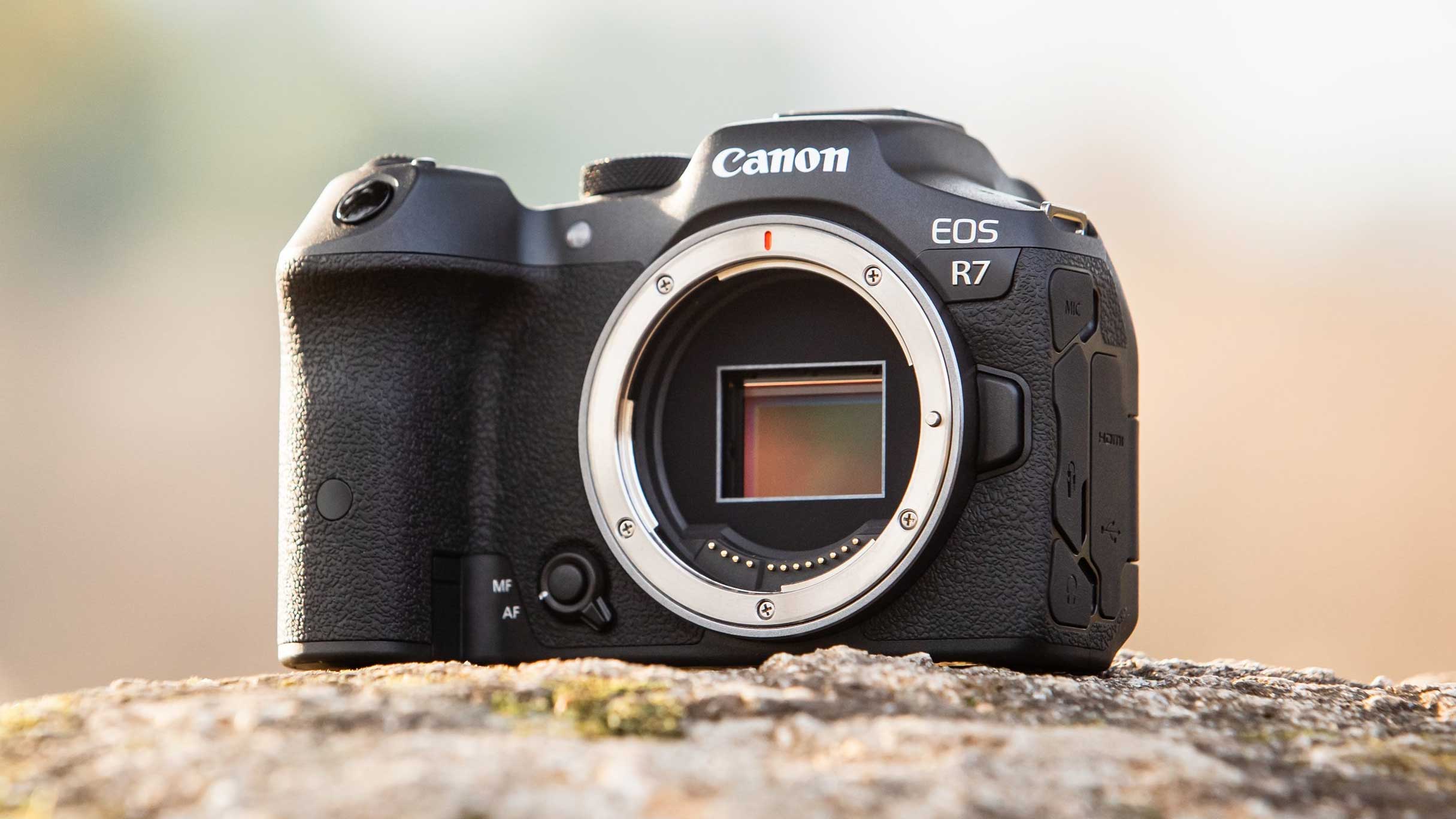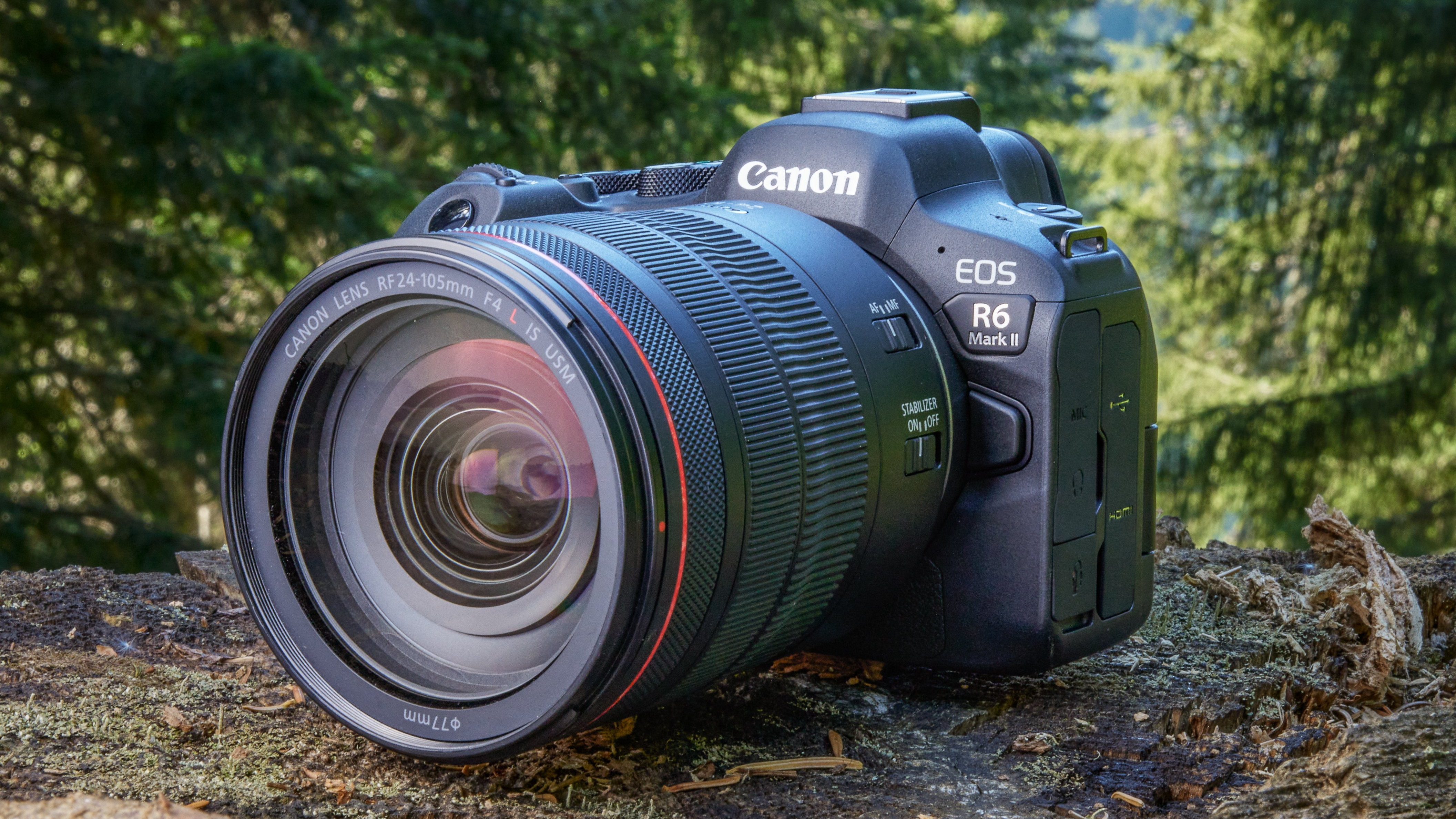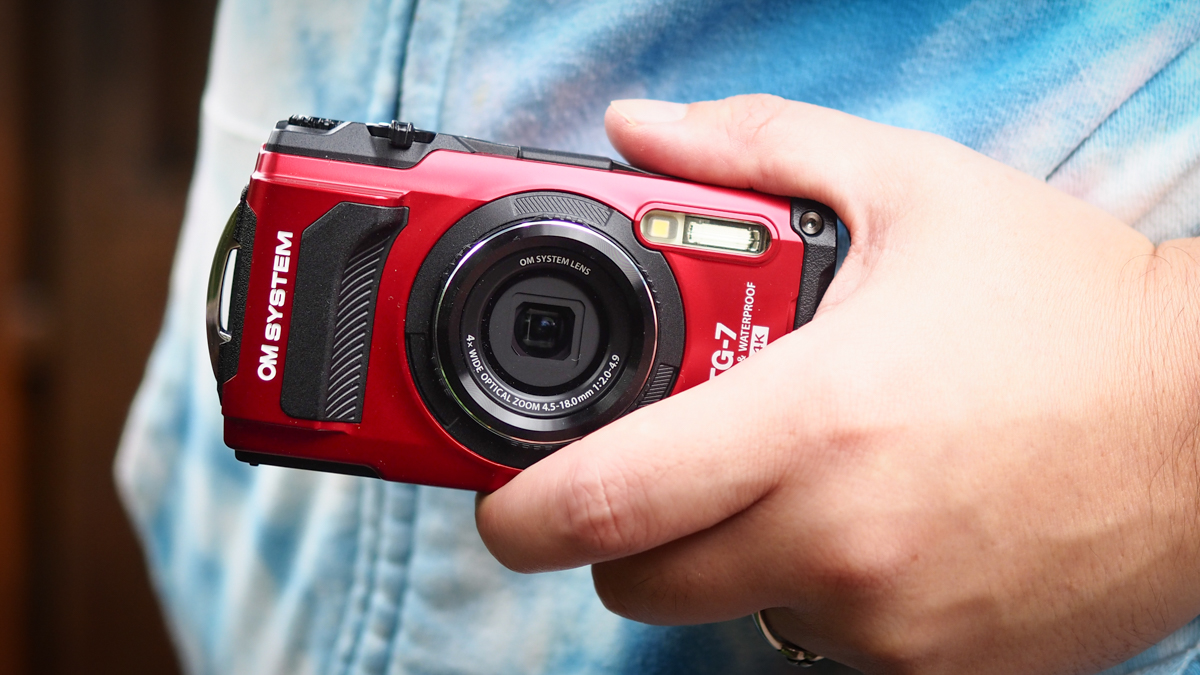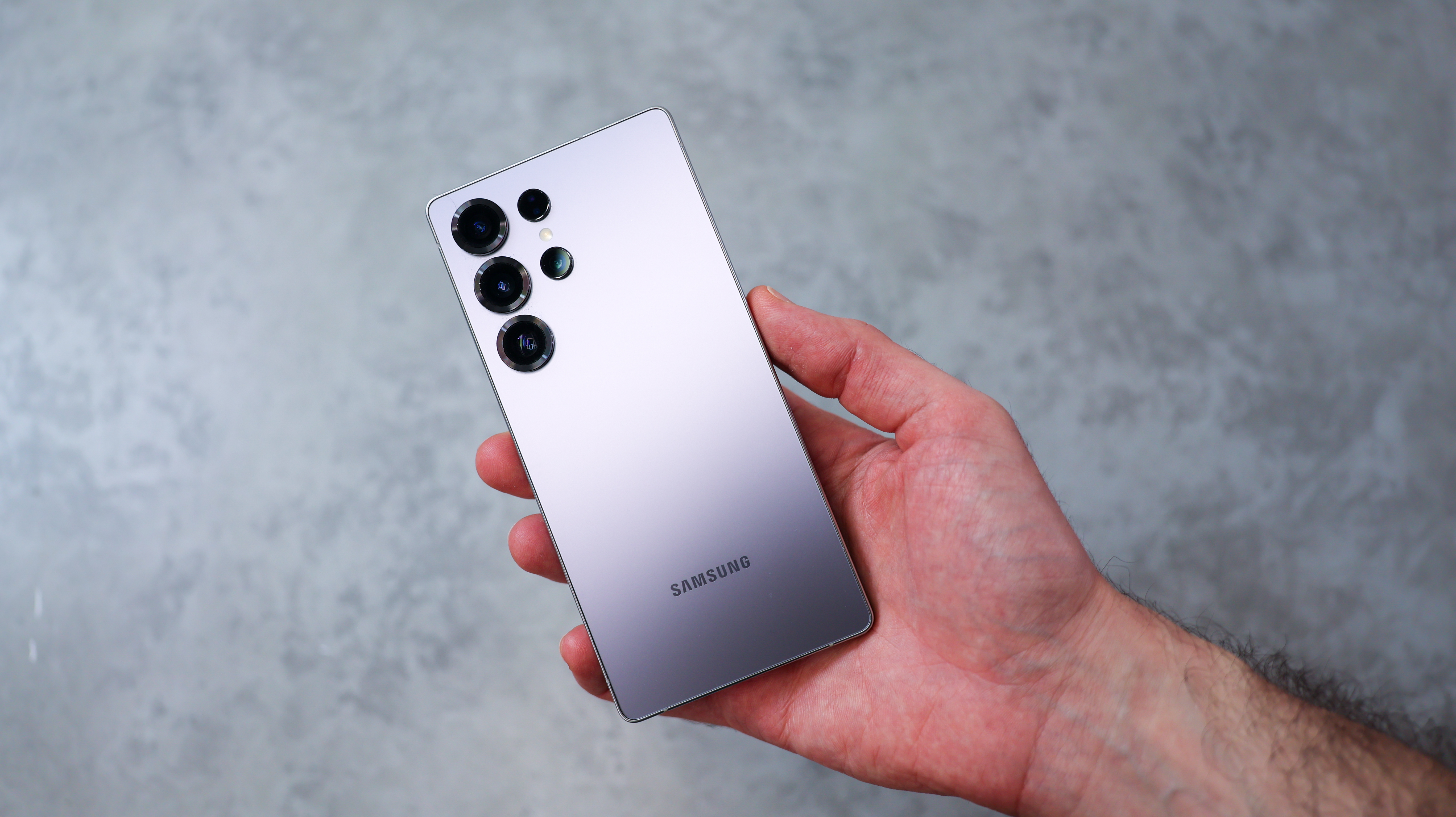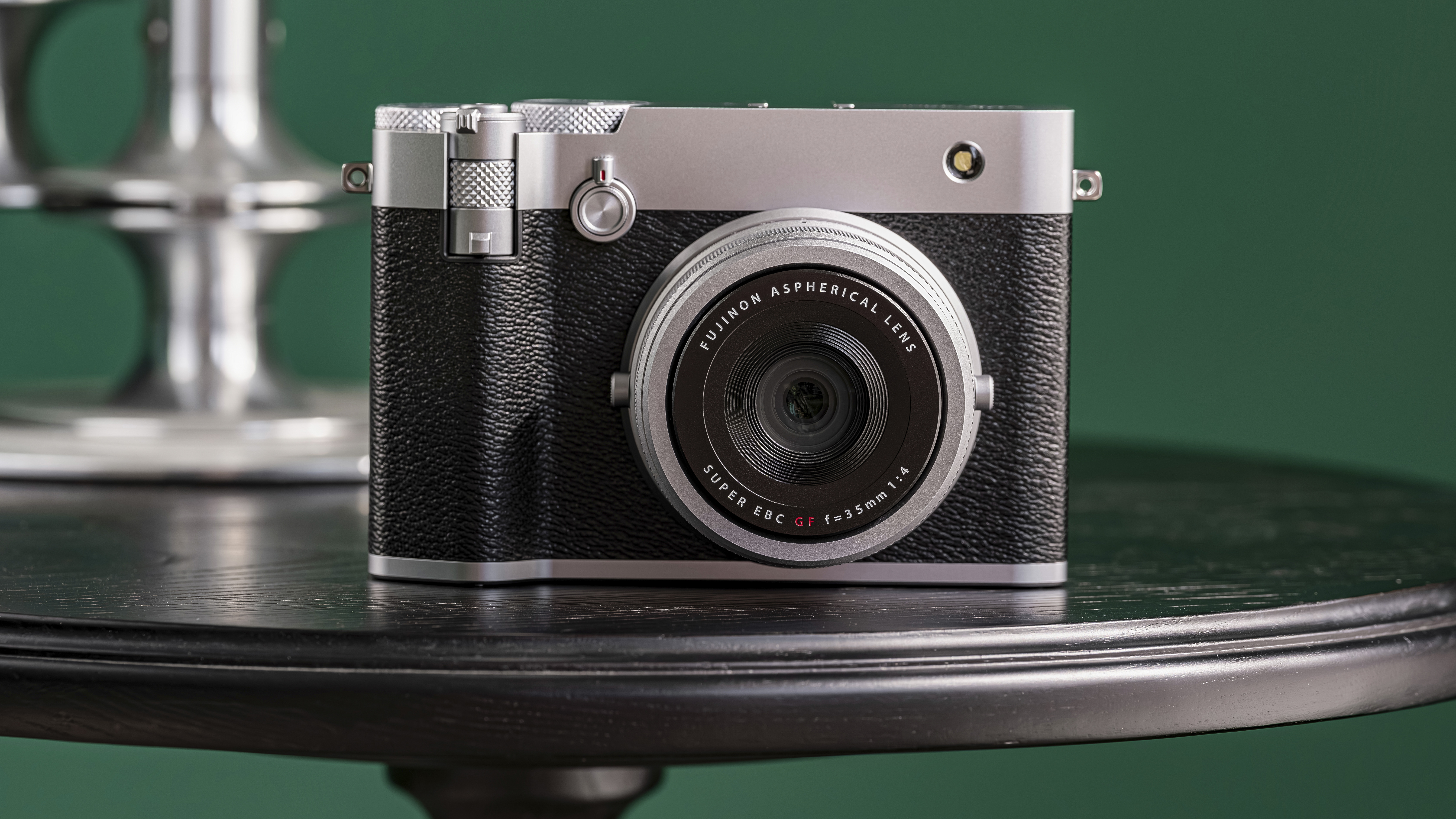Best camera for macro photography in 2025: This gear gets great close-up shots!
The best camera for macro photography will help you to shoot small worlds, from tiny insects to detailed plants and so much more
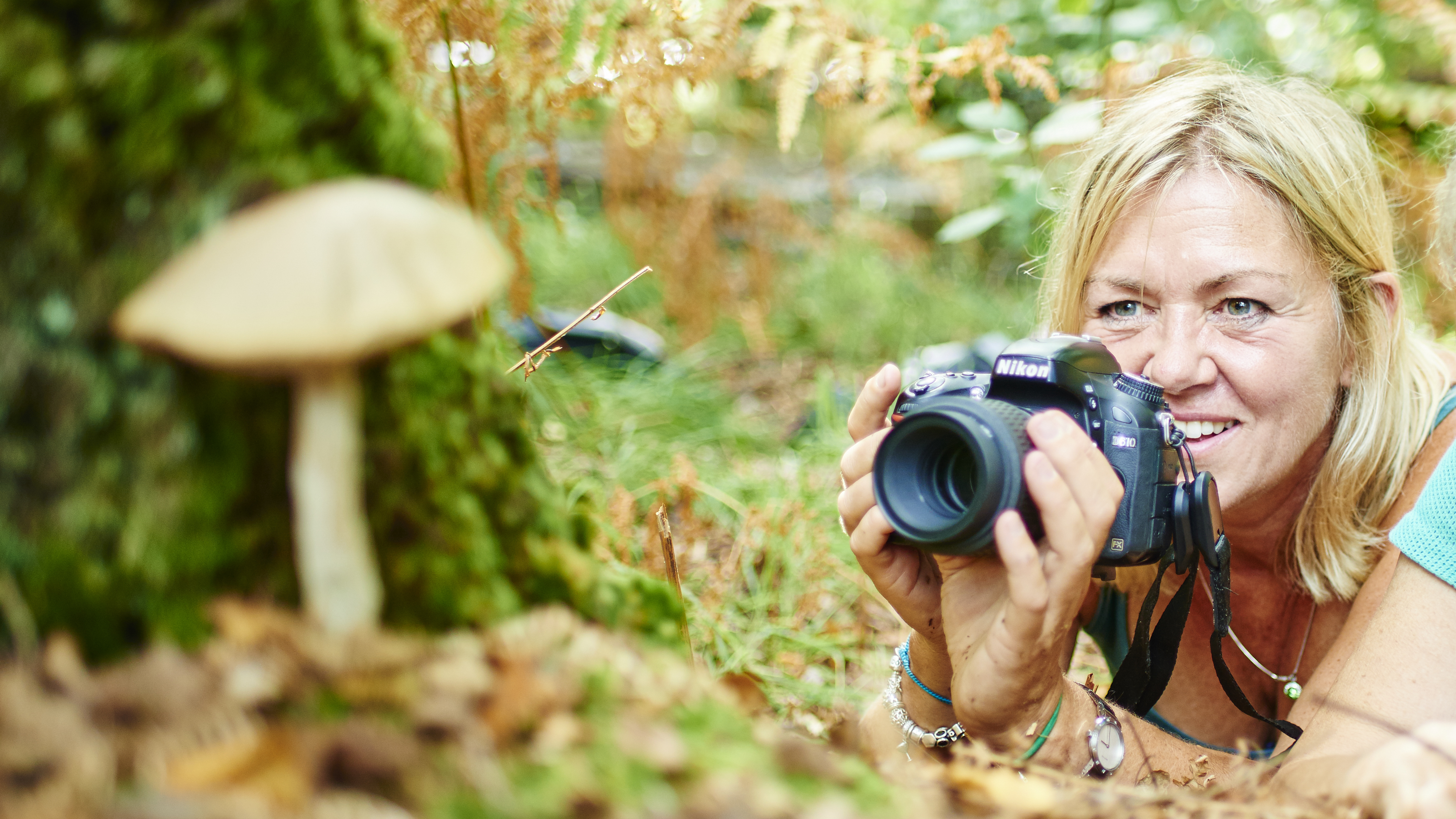
The best cameras for macro photography allow you to fill the frame with tiny details. Whether you want to photograph tiny insects, plants, jewellery or whatever else in glorious close-up, here are the cameras that will allow you to do it.
When it comes to macro photography there are some technical considerations to consider. Ideally, you want a camera with focus bracketing modes, allowing you to capture multiple images at different focal distances, which can then be combined to achieve the right level of depth of field. Some modern cameras even offer in-camera focus stacking, removing the need for laborious post-capture combining of images, and powerful stabilization systems can even make it possible to create a focus-stacked image handheld – no tripod required. One of our editors managed just that with a camera on this list!
I've only chosen cameras that the team and I have tested, reviewed and even bought ourselves, so you can be sure that these recommendations come from experience. Remember that using one of the best macro cameras is only half the battle; you also need one of the best macro lenses, as only these specialist optics can focus at such close distances and offer the kind of magnification you need.

Jon spent years at IPC Media writing features, news, reviews and other photography content for publications such as Amateur Photographer and What Digital Camera in both print and digital form. With his additional experience for outlets like Photomonitor, this makes Jon one of our go-to specialists when it comes to all aspects of photography.
The quick list

Kitted out with dedicated focus-stacking modes, the OM-1 Mark II is an exceptional Micro Four Thirds camera for macro – and it has the lenses to match.
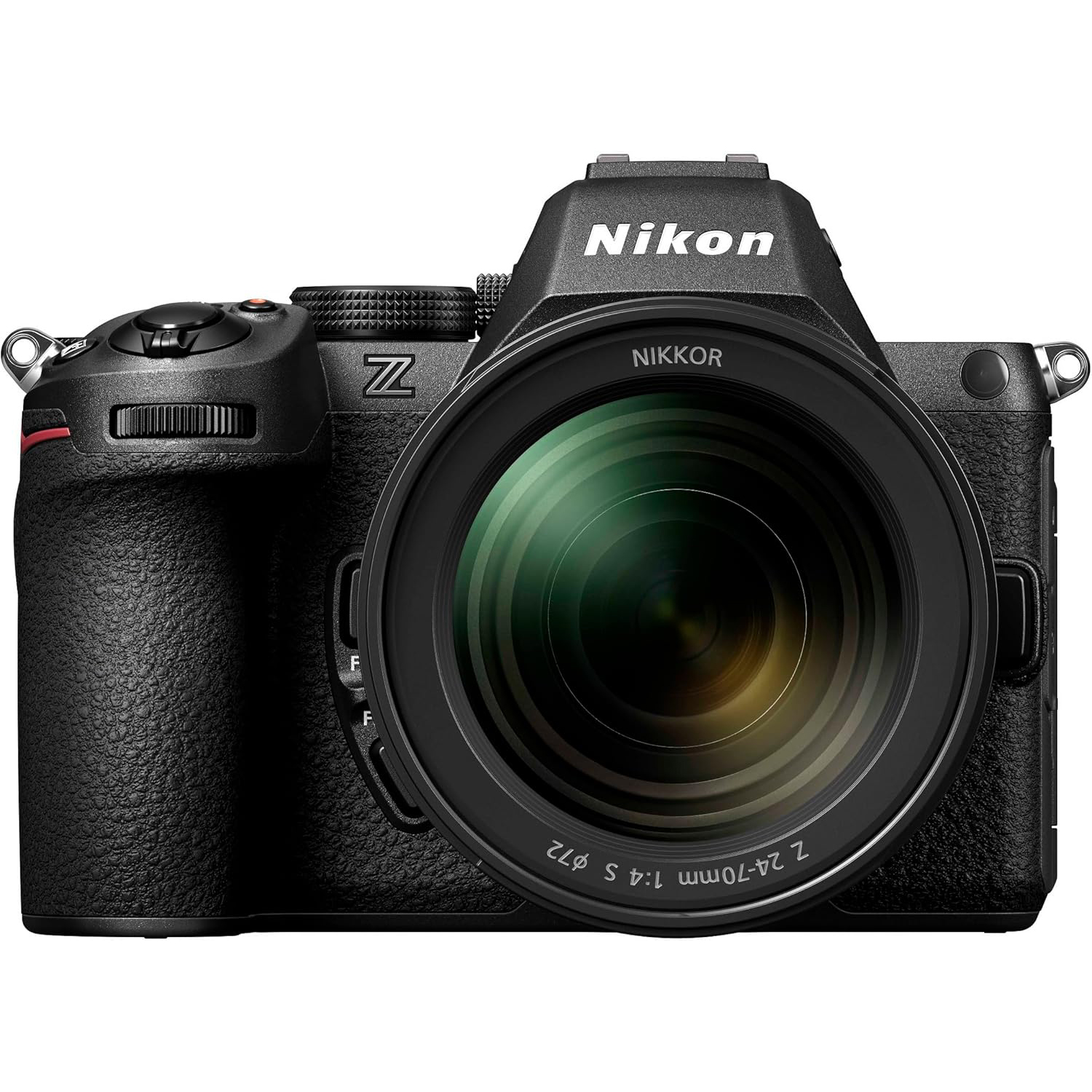
The Nikon Z5 II is a relatively affordable full-frame camera that offers Nikon's 'Focus Shift Shooting' mode, automating the process of taking shots for focus stacking.
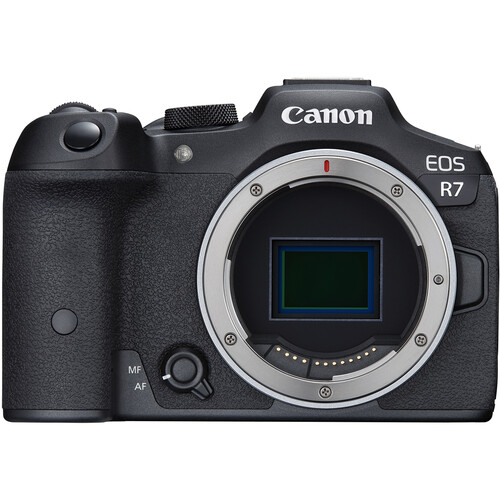
With in-camera focus stacking, the Canon EOS R7 significantly speeds up the complex process of macro photography and produces fantastic images.
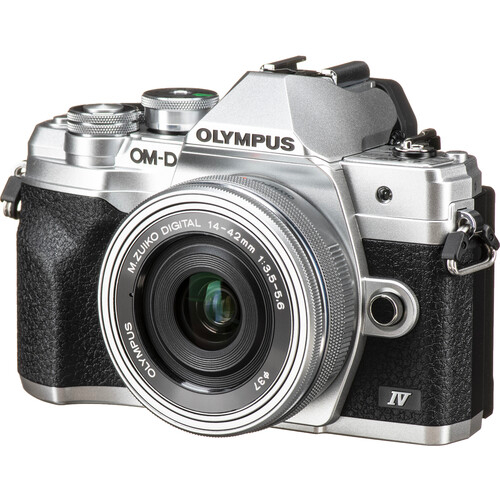
For starting out with macro, the Olympus OM-D E-M10 Mark IV is our choice. It shares a lot of the advantages of our top pick, the OM-1 Mark II, but it's incredibly light, portable and easy to use.

A full-feature full-frame camera that provides built-in focus stacking and 8-stop image stabilization for hanheld macro photography. It's a much more affordable price than the recent R6 Mark III.
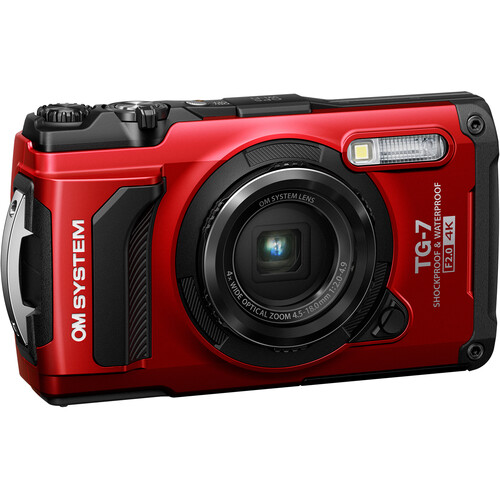
For underwater macro shooting, the OM System Tough TG-7 zoom compact is unmatched, offering a short close-focusing distance and dedicated macro modes.
See the next products
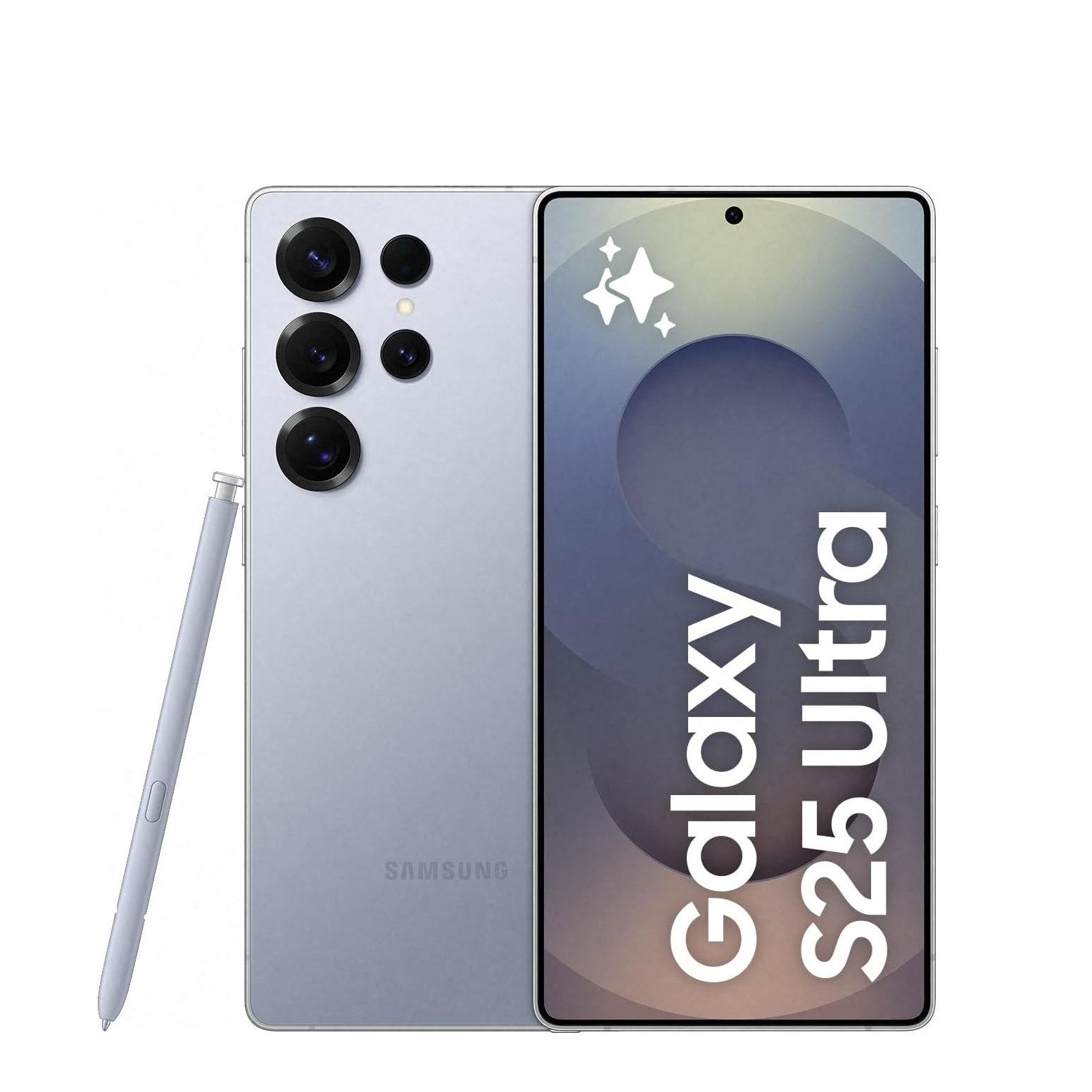
If you're looking for a phone for macro images, we'd recommend Samsung's Galaxy S25 Ultra, a high-end handset that reliably delivers stunning close-ups.
The best cameras for macro photography
Why you can trust Digital Camera World
Best macro camera overall
Specifications
Reasons to buy
Reasons to avoid
We've been seriously impressed with the cameras that have come out of OM System since its takeover and regeneration of the Olympus brand – and the OM-1 Mark II is the best yet. An enthusiast-level camera that's absolutely stacked with features, the OM-1 II can shoot fast, benefits from highly effective stabilization, and produces images with dynamic range that puts larger-sensor rivals to shame.
Micro Four Thirds (MFT) is an excellent choice of system for macro shooting. The smaller sensor means a larger depth of field even when the lens is used wide open – normally this is viewed as a detriment, but for macro shooting it's a bonus. A depth of field that's too razor-thin can make the precision focusing of macro extremely difficult, so having this extra latitude is hugely useful.
OM System, aware of this, has leaned into it by putting in a bunch of macro-friendly computational features, with both focus bracketing and in-camera focus stacking giving you a huge range of options when it comes to macro photography. It provides a truly streamlined macro shooting experience, and for a very competitive price compared to large-sensor rivals.
There are tons of brilliant macro lenses in the MFT system, too, such as the stunning OM System 90mm f/3.5 macro, giving you everything you need to get started.
Read our full OM System OM-1 Mark II review
Best full-frame macro camera
Specifications
Reasons to buy
Reasons to avoid
The newest entry-level full-frame camera from Nikon, the Z5 II is a brilliant choice for macro photography. Producing stunning images in glorious full-frame quality, it essentially offers almost the same functionality as the pro-spec Z6 III, at a much more wallet-friendly price.
What makes it especially good for our macro purposes is Nikon's Focus Shift Shooting mode. This mode essentially automates the process of focus stacking, giving you a huge (arguably slightly overwhelming) range of options for how you want your stack composed, including focus step width, intervals between shots, total number of shots and more. Once you've chosen, the camera will whizz through the stack and combine the results for a finished shot. Our own Mike Harris has put together a handy guide on how to use Nikon Focus Shift Shooting, and you can also read pro macro photographer Nigel A Ball discuss how Focus Shift Shooting allows him to focus-stack insects much faster.
Another factor that makes this camera an excellent choice for macro is the fact that Nikon has been filling out its Z lens system with some truly excellent macro optics. The Nikon Z MC 105mm f/2.8 VR S is a stunning, pro-quality macro prime, with an electronically coupled focus ring that allows for the tiniest adjustments to be made with ease.
For those on tighter budgets, a Nikon Z MC 50mm f/2.8 lens is also available, though we think the 105mm lens – like the Z5 itself – easily justifies its cost. With excellent dynamic range, powerful stabilization and superior high-ISO performance, the Nikon Z5 is an ideal do-everything camera that’s perfect for macro photography.
Read our full Nikon Z5 II review
Best APS-C macro camera
Specifications
Reasons to buy
Reasons to avoid
One of the best APS-C cameras we've reviewed, the Canon EOS R7 also benefits from a number of in-camera focus stacking and bracketing modes that make it brilliant for macro work. Using the focus bracketing menu, you can set the number of shots and specify the focus increments, and the camera will save both your individual frames and a single combined stacked JPEG.
The overall image quality of the EOS R7 is also really good – as James found in our review, the camera does a great job of resolving fine detail. Its top-line resolution of 32.5MP is a little higher than many comparable cameras (though not as high as premium APS-C cameras like the Fujifilm X-T5), and its dynamic range performance is also first-rate.
Using the Canon EOS R system gives you access to loads of excellent RF macro lenses, like the affordable RF 24mm f/1.8 Macro IS STM or the premium Canon RF 100mm f/2.8L Macro IS USM – though be aware that the APS-C crop factor will narrow the field of view and extend the effective focal length of these lenses, and if you opt for the telephoto you'll need a decent amount of working room.
Also, if you pair the EOS R7 with the EF-EOS R mount adapter, you'll be able to take advantage of the huge catalogue of macro lenses for the EF DSLR system, many of which you may be able to pick up for a great price on the used market. The Canon EF 100mm f/2.8L Macro IS USM, for instance, is an excellent performer that's more affordable than the RF version.
Read our full Canon EOS R7 review
Best beginner macro camera
Specifications
Reasons to buy
Reasons to avoid
A beginner-friendly option in the Micro Four Thirds system, the Olympus OM-D E-M10 Mark IV is an affordable and easy-to-use option for novice macro photographers.
It uses the same sensor format and lens mount as our top choice, the OM System OM-1 Mark II, so once again you get that larger depth of field advantage, as well as an enormous range of affordable and lightweight lenses to make up your macro kitbag.
While it was released back in 2020, the Olympus OM-D E-M10 Mark IV still delivers the goods today at the beginner level. Its 20MP image quality is bright and punchy, its ergonomic control dials make for a satisfyingly tactile shooting experience, and in our lab tests it scored well for dynamic range and for signal-to-noise ratio.
It doesn't have the in-camera focus stacking modes of the OM-1 II – but it does offer in-camera focus bracketing, allowing you to assemble all the individual images needed for a focus stack, and then complete the process post-capture in software. This can be done in Photoshop, or you can use dedicated software like Helicon Focus.
If you're looking to get started with macro, this is an outstandingly good buy – and it's also a fantastic all-round camera for all kinds of photography!
Read our full Olympus OM-D E-M10 Mark IV review
Best professional macro camera
Specifications
Reasons to buy
Reasons to avoid
Canon's professional all-rounder, the EOS R6 Mark II is a spectacular full-frame camera that produces gorgeous imagery with vivid color and detail.
For macro photographers, it offers an in-camera focus bracketing mode that can also combine images for an in-camera focus stack. This combines with the exceptional 8-stop stabilisation to allow for hand-held focus stacking! In our review, James tried it out by producing a 100-shot stack completely hand-held, not a tripod in sight. The results were absolutely perfect.
Once again you have the amazing selection of RF macro lenses to choose from – and EF lenses too if you spring for the adapter. Also, unlike with the EOS R7, you don't have to worry about the crop factor – the full-frame sensor means that the stated focal length of the lens is also the effective focal length.
Canon has since released the EOS R6 Mark III, which is still working its way through our testing procedure. Improvements include 7K 60p video and a new 32.5MP sensor with 40fps burst shooting – we'll have to wait and see whether this more expensive model merits replacing the Mark II version as our pick for macro photography.
Read our Canon EOS R6 Mark II review and
EOS R6 Mk II vs R6 Mk III comparison
Best waterproof macro camera
Specifications
Reasons to buy
Reasons to avoid
Tough by name and nature, the OM System Tough TG-7 is a waterproof compact that's ideal for holidays, snorkelling and underwater adventures.
While tough compacts are less common than they were, the TG series is still going strong, and has often been regarded as being the best of the bunch. Pairing an optical zoom lens with a number of user-friendly shooting modes, these cameras strike a great balance between quality and ease of use.
One of the reasons for this is the number of dedicated macro modes. The 25-100mm equivalent lens can focus at distances as close as 10mm, with effective 4x optical magnification. This enables you to capture underwater macro images – something no other camera on this list can do, at least not without an expensive housing. Incredibly, for such a cheap camera, the TG-7 also offers focus bracketing and focus stacking modes!
So while you don't get the same kind of resolution or dynamic range as you would from the other cameras on this list, as the TG-7 is rocking a much smaller 1/2.3-inch sensor with a resolution of 12MP, you do get a genuinely unique proposition at this price.
Read our full OM System Tough TG-7 review
Best smartphone for macro
Specifications
Reasons to buy
Reasons to avoid
While smartphones won't measure up to "proper cameras" in terms of their macro capabilities, they do have several advantages of their own. For one, you're always going to have your phone with you – and if your phone is a decent macro shooter, then you're always going to be prepared when an unexpected macro subject presents itself.
Our pick is the Samsung Galaxy S25 Ultra – though if you must have Apple, the iPhone 16 Pro Max will also do an excellent job. The S24 Ultra delivers excellent, punchy image quality, with a fairly basic but capable macro mode that kicks in automatically when you push up close to a subject.
It uses its ultra-wide camera module to produce macro photos, meaning you can really fill the frame with your chosen subject, and once the image is in the bag, you can fine-tune it and make it pop with Samsung's AI-powered editing tools.
The display is also gorgeous, and the slick user interface makes the S24 Ultra a pleasurable phone to use and shoot with.
Read our full Samsung Galaxy S25 Ultra review
How to choose the best camera for macro
When shooting macro, the most important component is the lens, and that’s why we’ve also got a comprehensive guide to the best macro lenses. But cameras are the other important part of the equation, and if you’re looking to shoot macro, it’s best to get the right camera for the job.
So what does a good macro camera need? Well, to be honest, any camera can make a good macro camera; it's the accessories you have that are the most important. That being said, a larger sensor is going to give you better dynamic range and overall image quality, while a Micro Four Thirds sensor gives you more depth of field when compared to an equivalent focal length. Maximising your depth of field is very important in macro shooting, which gives MFT a bit of an edge.
It's very common for macro photographers to stack multiple images together with different planes of focus to create a final image; this can be done in post, but lots of Micro Four Thirds cameras come with this as a built-in feature.
If the camera is an interchangeable-lens model, then it’s also important that there’s a good selection of macro lenses available. You can take macro shots on compact cameras and camera phones but you'll need a close focusing distance, a dedicated macro mode or a macro phone lens which you can screw onto the front of your phone and utilise your phone's main camera.
How we test cameras
We test mirrorless and DSLR cameras both in real-world shooting scenarios and in carefully controlled lab conditions. Our lab tests measure resolution, dynamic range and signal to noise ratio. Resolution is measured using ISO resolution charts, dynamic range is measured using DxO Analyzer test equipment and DxO Analyzer is also used for noise analysis across the camera's ISO range. We use these real-world testing and lab results to inform our comments in buying guides. For compact cameras and phones, we judge on real world handling and photographic results alone.
FAQs
What is focus bracketing?
Focus bracketing is a process that involves taking images of the same scene or subject at difference focusing distances. This means that a different portion of the scene will be in focus in each image – cameras with dedicated focus bracketing modes will allow you to set the number of images you want to take, and specify the width of focus steps between each one.
What is focus stacking?
Focus stacking is the process of combining focus-bracketed images together into a single image, thereby creating a much larger depth of field (i.e. having more of the image in focus) than would be possible with a single shot. This is particularly useful for macro photography because getting large depth of field is a challenge when you are working with such tiny subjects. In order to prevent the vast majority of your image from being out of focus, it is usually necessary to focus-stack.
Focus stacking used to be a complicated process involving specialist equipment, but many modern digital cameras (such as the ones on this list) offer their own built-in focus stacking modes that can complete the process entirely in-camera.
See more: Focus stacking: how to get amazing depth of field in macro photography
Read more:
5 things to know before buying a macro lens
The best macro lenses
The best extension tubes
How to use extension tubes for low-cost macro photography
Today's prices compared
The best camera deals, reviews, product advice, and unmissable photography news, direct to your inbox!
Jon spent years at IPC Media writing features, news, reviews and other photography content for publications such as Amateur Photographer and What Digital Camera in both print and digital form. With his additional experience for outlets like Photomonitor, this makes Jon one of our go-to specialists when it comes to all aspects of photography, from cameras and action cameras to lenses and memory cards, flash diffusers and triggers, batteries and memory cards, selfie sticks and gimbals, and much more besides.
An NCTJ-qualified journalist, he has also contributed to Shortlist, The Skinny, ThreeWeeks Edinburgh, The Guardian, Trusted Reviews, CreativeBLOQ, and probably quite a few others I’ve forgotten.
- James ArtaiusEditor in Chief


